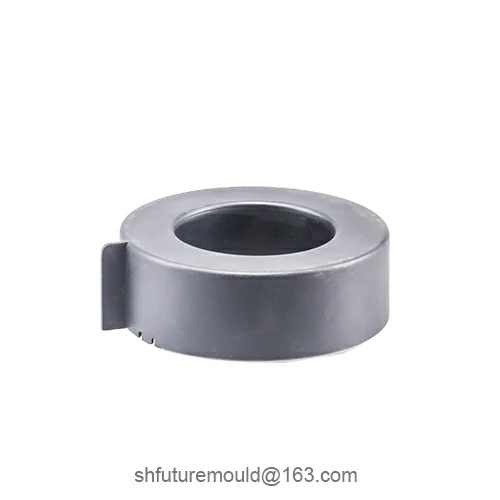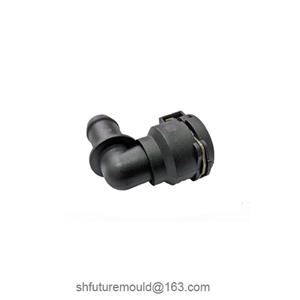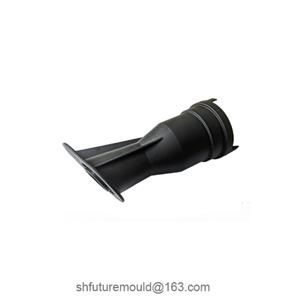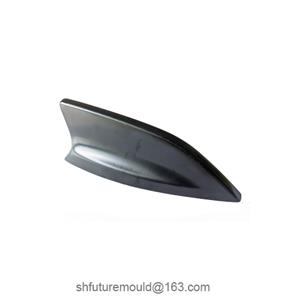How to Evaluate the Quality of an Injection Mold
To assess the quality of an injection mold, focus on four stages—design, manufacturing, trial molding, and mass production—combining quantitative testing and qualitative evaluation to ensure stable and efficient performance throughout its lifecycle.
1. Design Phase Evaluation
Structural Rationality
Cavity layout: Check balance in gate placement, venting, cooling, and water channel distribution.
Sliders and side-core mechanisms: Ensure movement paths and clamping methods are simple and reliable.
CAE/Mold Flow Analysis
Simulate plastic melt filling, packing, and cooling to detect risks of short shots, sink marks, or warpage.
Optimize gate locations and cooling systems to enhance molding stability.
Ratio of Standard vs. Custom Components
Prioritize proven standard parts to reduce maintenance complexity.
Provide detailed drawings and machining allowances for custom components when necessary.
2. Manufacturing Phase Inspection
Material and Heat Treatment
Verify cavity and core materials match product requirements and production volume.
Confirm hardness, quenching, and tempering meet standards (e.g., no overburn cracks).
Assembly Fit
Guide pillar/bushing fit: Ensure clearance aligns with H7/g6 standards for smooth sliding.
Ejector pins and slider mechanisms: Test for flexible motion with no dead spots or scoring.
Water/Air Channel Sealing
Conduct pressure leak testing on cooling circuits and air channels to confirm no leaks or blockages.
3. Trial Molding Verification
First-Article Inspection
Visual checks: Ensure no flash, scratches, sink marks, or cold slug marks.
Dimensional checks: Use calipers, micrometers, or CMM to sample critical dimensions and mating holes.
Physical tests: Validate hardness, tensile strength, and impact resistance of molded parts against design specs.
Dynamic Operation Testing
Perform 500–1,000 continuous cycles to observe dimensional stability and surface quality.
Monitor cooling time and cycle consistency to eliminate hotspots or dead zones.
Maintenance Accessibility
Ensure parting surfaces and sliders are easy to clean and repair.
Confirm that standard components can be replaced quickly.
4. Mass Production Monitoring
Mold Lifespan Validation
Verify that no severe failures occur after reaching the designed lifespan.
Regularly inspect wear on guide components and ejector pins.
Maintenance and Service Records
Establish a "lubrication-inspection-replacement" log to track maintenance activities and component status.
Address abnormal vibrations, noises, or product defects promptly through repairs.
- Injection Mold
- Automotive Injection Mold
- Electronics & Electrical Injection Mold
- Consumer Goods Injection Mold
- Airplane Components Injection Mold
- Medical Components Injection Mold
- Irrigation Components Injection Mold
- Injection Molds




